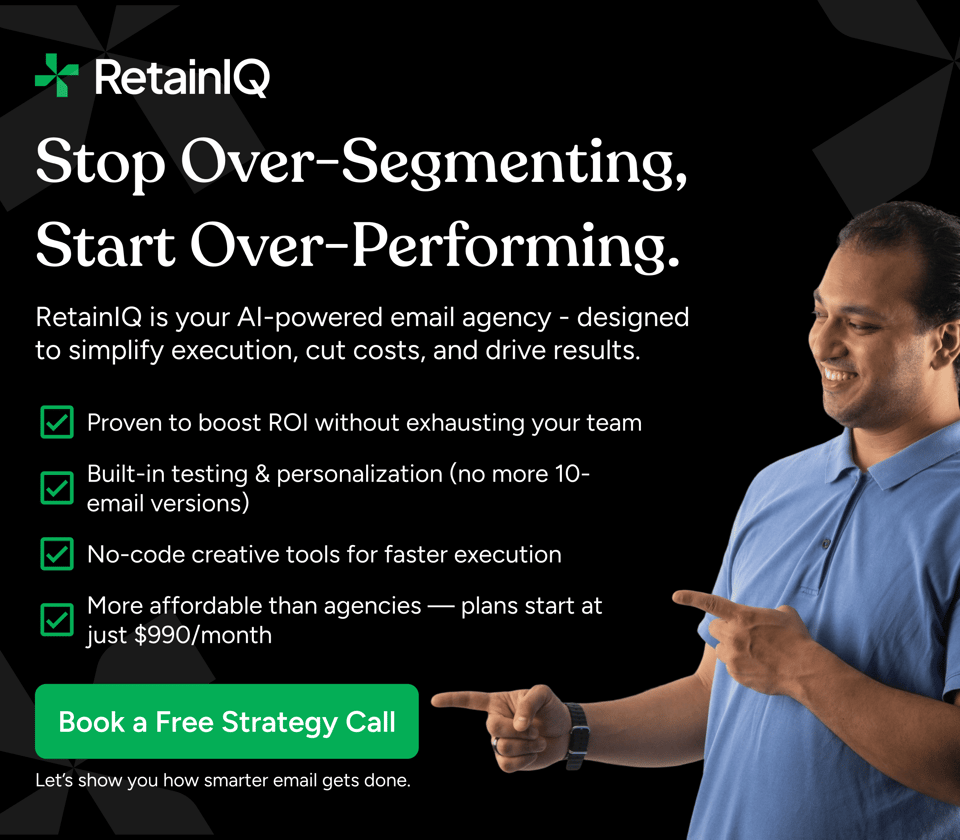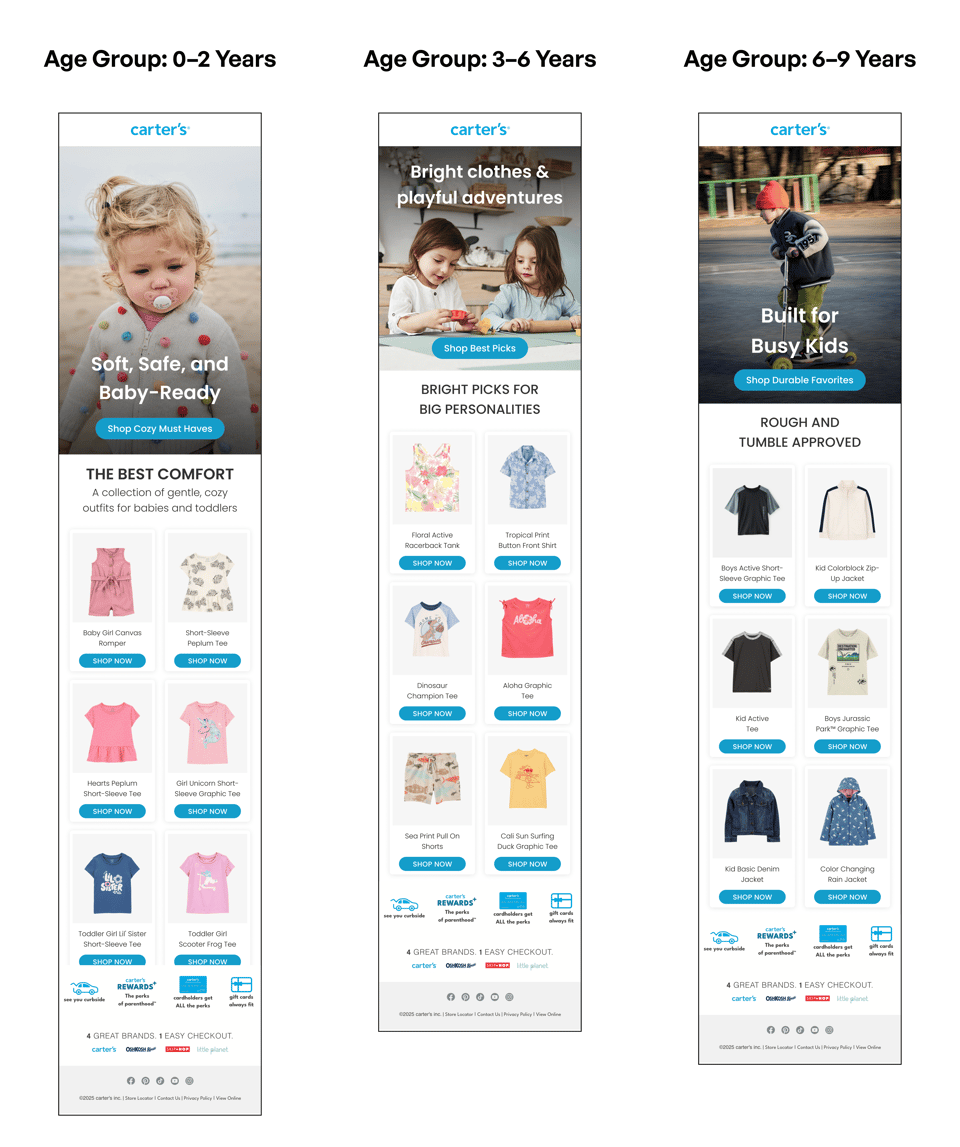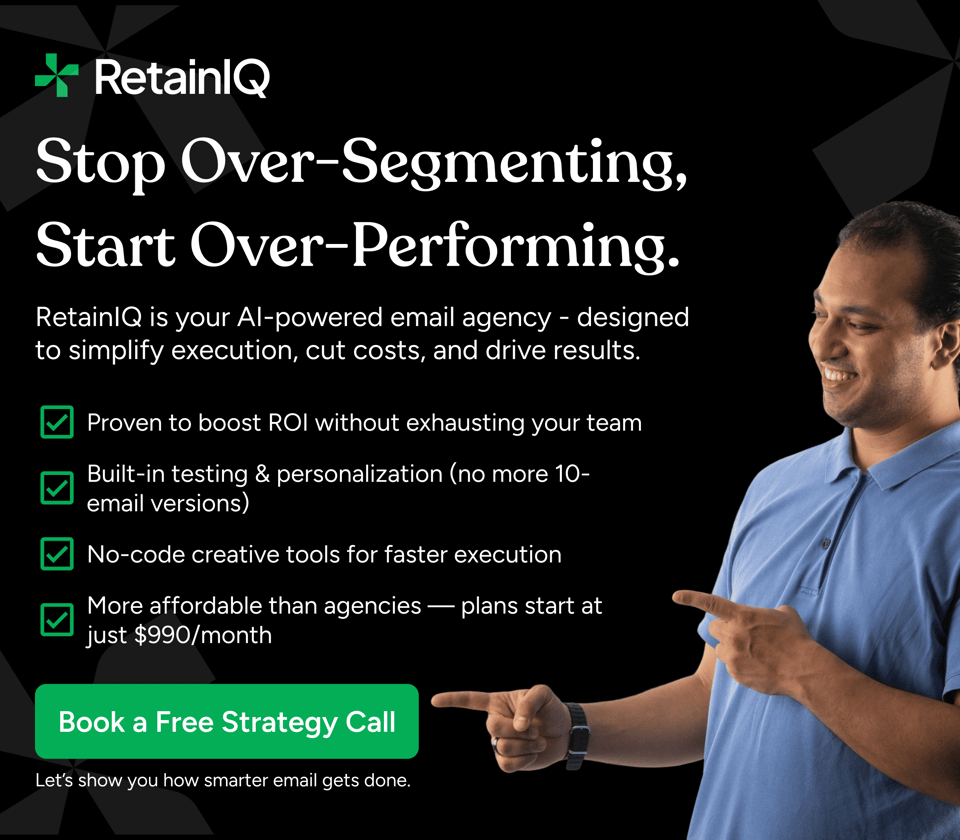The Segmentation Trap (You Might Be In It)
A cautionary tale from the world of hyper-targeting.

Hey there,
Let’s talk about something that might ruffle a few feathers in email-land.
Sometimes, over-segmentation is what’s making your emails perform worse.
Yes, really.
But before you panic, hear us out. Segmentation sounds like a smart strategy. And often, it is. But when taken too far, it can become a time-sucking, insight-wrecking beast.
Why would we say such a thing? Let’s break it down.

More Segments = More Stress
Every time you slice your list into more and more segments, you’re creating more work.
You’re now building:
Multiple versions of the same email
Customized copy and images for each slice
Dynamic content rules
Extra layers of testing across devices
That’s not even counting the approvals, rewrites, and the “why is this block showing the wrong product on iPhones but not Android?” Slack messages at 9 pm.
What started as a smart targeting strategy can easily spiral into a full-blown content maze.
Shrinking Your Audience (and Your Insights)
Here’s the thing: if over-segmentation just added work, we could live with it. But no, it gets worse. It also dilutes your data.
Want to A/B test a subject line? Cool.
But now that your audience is split across five segments, your sample sizes are too small for statistically significant results.
So when the results come in and one version “kind of” outperforms the other, you’re stuck wondering: Was it the copy? Was it the segment? Was it the moon phase?
After all that effort... you still don’t have clear answers.
A Real-Life Example: Hyper-Personalization
A while back, we were working on a fun email project: personalized emails for parents, recommending clothes based on their child’s age and gender.
We were pumped. On paper, it sounded like a slam dunk.
Except… it turned into a royal pain:
Tons of audience groups (age x gender = dozens of combos)
Families with multiple kids = more versions to juggle
Missing data = some people couldn’t be targeted at all
Content production tripled: images, links, descriptions, QA
We ended up creating three different kinds of emails:

After months of running the program, we crunched the numbers.
And guess what?
The simple version – the one we sent to people we couldn’t personalize for – won. By a lot.
The winner email looked like this:

Yup. The email with a mix of best-selling clothes outperformed the “smart” targeted ones.
Why? A few theories:
Best-sellers had broad, universal appeal
Some parents didn’t remember giving us data – and didn’t trust the targeting
The hyper-personal version felt weirdly limited
Bottom line: simpler worked better.
When Segmentation Does Make Sense
Now, let’s be clear. This isn’t a hit job on segmentation.
It still has its place – when the value is clear and the stakes are high.
If you’re marketing enterprise software and speaking to both CFOs and DevOps engineers, yes, tailoring messages matters.
But if you’re selling skincare, running an ecommerce brand, or sending a general B2B newsletter? Over-segmentation can backfire.
Instead of impressing your audience, you’re exhausting your team – and confusing your results.
So, the Next Time You’re Planning a Segmented Campaign, Ask:
Is this actually adding value for the subscriber – or just creating more work for our team?
And then run through the holy trinity of email sanity:
Do we trust our data?
Do we have enough content?
Will this actually improve performance?
TL;DR
Segmentation isn’t inherently bad. But overdoing it often is.
If you’re spending hours crafting five okay-ish emails, maybe it’s time to focus on creating one strong one.
So before you hit “clone email” five times, take a breath and ask: Is this effort justified – or is it just marketing muscle memory?
Because sometimes the smartest move isn’t to personalize harder. It’s to simplify smarter.
Need help finding that balance? RetainIQ can help.

Let’s make smarter emails, not just more of them.